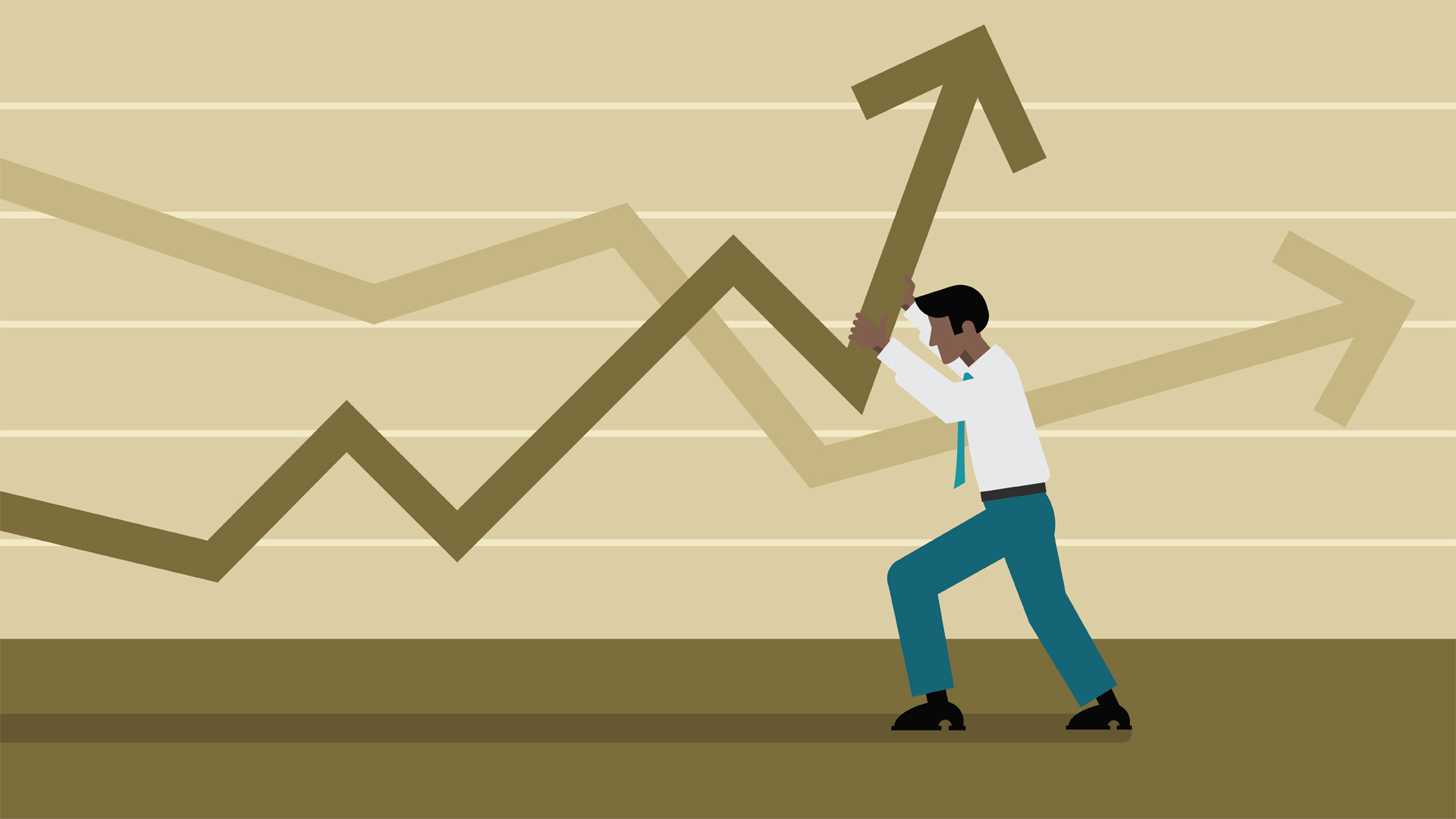What Does the Welfare Economics Study?
Albert Einstein’s theory of relativity is truthful not only for physics. What is sufficient for one person is miserably deficient for another. It is impossible to establish a single economic welfare criterion for all segments of population. Though, some common ethical criteria of economic welfare, that permit to identify and separate needs and wants, can be established. This is the basic goal of welfare economics in the modern world.
Scientifically speaking, welfare economics is a branch of economics, which evaluates the economic prosperity and the economic welfare of the community using the microeconomic techniques and approaches in order to provide the general equilibrium in the economy between the economic efficiency and allocation of the resources. In general, welfare economics studies how economic policies influence the prosperity of the society. It analyses costs and benefits and provides some theoretical principles for particular instruments of public economics. The criteria for evaluation of the common wealth are pretty subjective: its truthfulness or falsity cannot be determined unquestioningly and accurately. However, due to empirical knowledge and logic, the “acceptable level” of public agreement on these criteria can be provided.

Moreover, it studies the distribution of the resources and how it affects the well-being of the whole society. It describes the state of economics when all the members of the community are totally satisfied. Studying of the proper resource allocation, which can maximize the social welfare, is one more target goal of the welfare economics.
This branch of economics was developed during the 20th century by famous scientists and economists: Adam Smith, Jeremy Bentham, Alfred Marshall, Vilfredo Pareto, Nickolas Kaldor, John Hick and many others. Vilfredo Pareto designed the concept of welfare economics theory. Since then, many economists use Pareto efficiency as their ideal efficiency goal. It states that the economic situation is optimal if no individuals can be made better off without making someone else worse off. It is logical, that a well-developed and stable society should provide the population with all the basic needs, without prejudice to the rest of population. The production and consumption equilibrium leads to the Pareto optimum results.
There are three concepts of social welfare within the subject. The first is the paternalist concept which claims that the dictator or paternalist authority applies its own concepts of social welfare. According to the Pareto concept, social welfare is a sum of the welfare of each individual who is a member of the society. And the third concept includes interpersonal comparison of utility which is made by introduction of the explicit evaluation judgments.

In order to measure social welfare, economists use two fundamental approaches – The New Welfare Economics approach and the neoclassical one. The issues of the welfare economics can be very helpful when it comes to developing the public policy.
Welfare economics is not only a tricky subject to work with but to write about, as well. If you are not sure about your economic experience and knowledge, it’s better to use some help to overcome the pitfalls. There are lots of premium custom writing services you can turn to, if you experience difficulties. The professional economics writers will definitely help you organize and accomplish your complex academic writing on welfare economics properly.
It might be interesting for you
- 3 ways to impress an employer at an interview
- How to Manage Money: Useful Tips for Students
- These books should be read by everyone
- How to Self-Educate with Reading the Right Books
- Essay Sample: The rights to act over any Aviation case
- How to get rid of the negative way of thinking
- Not listed/Other
- Solid reasons to study in Scotland
